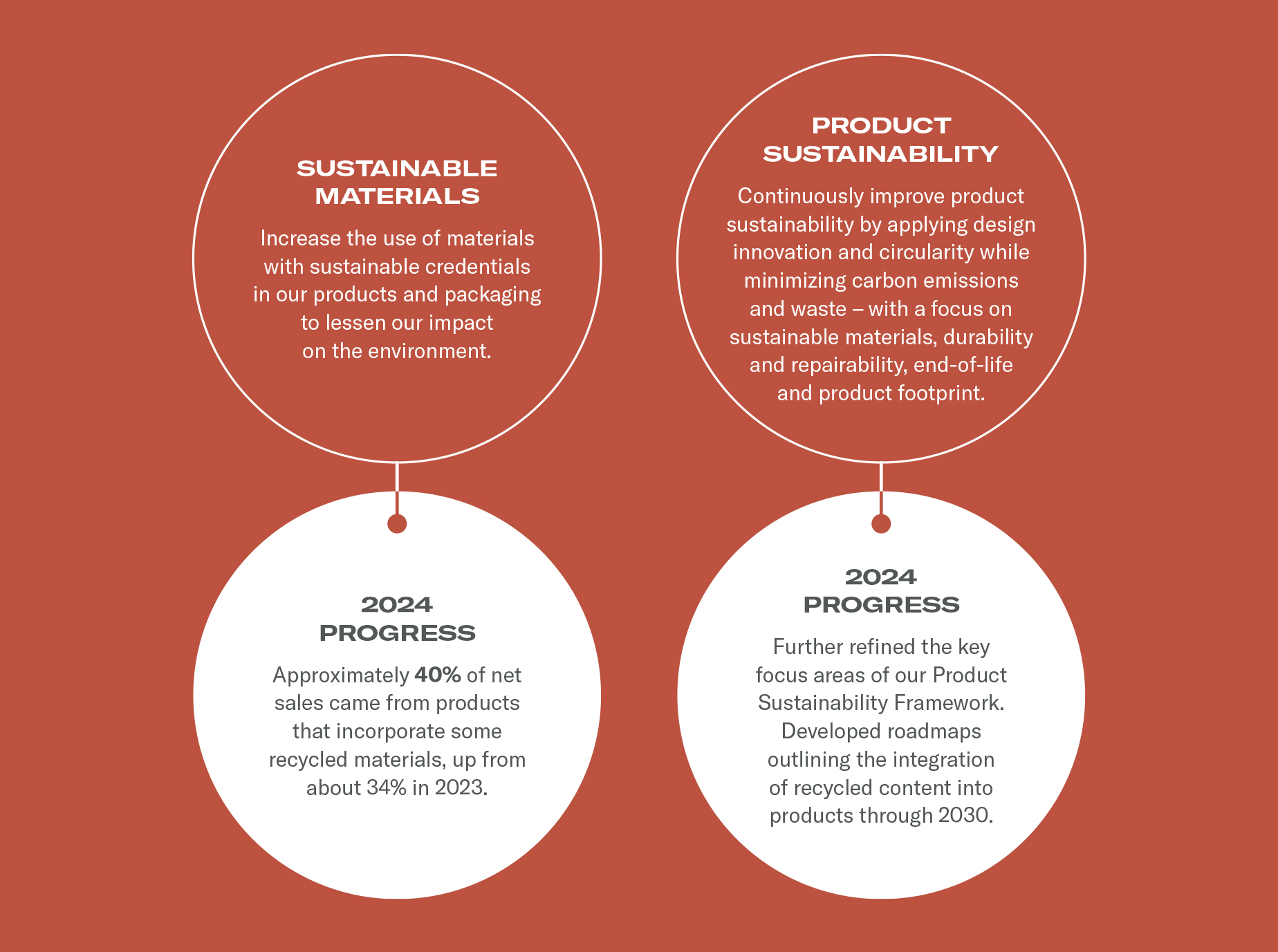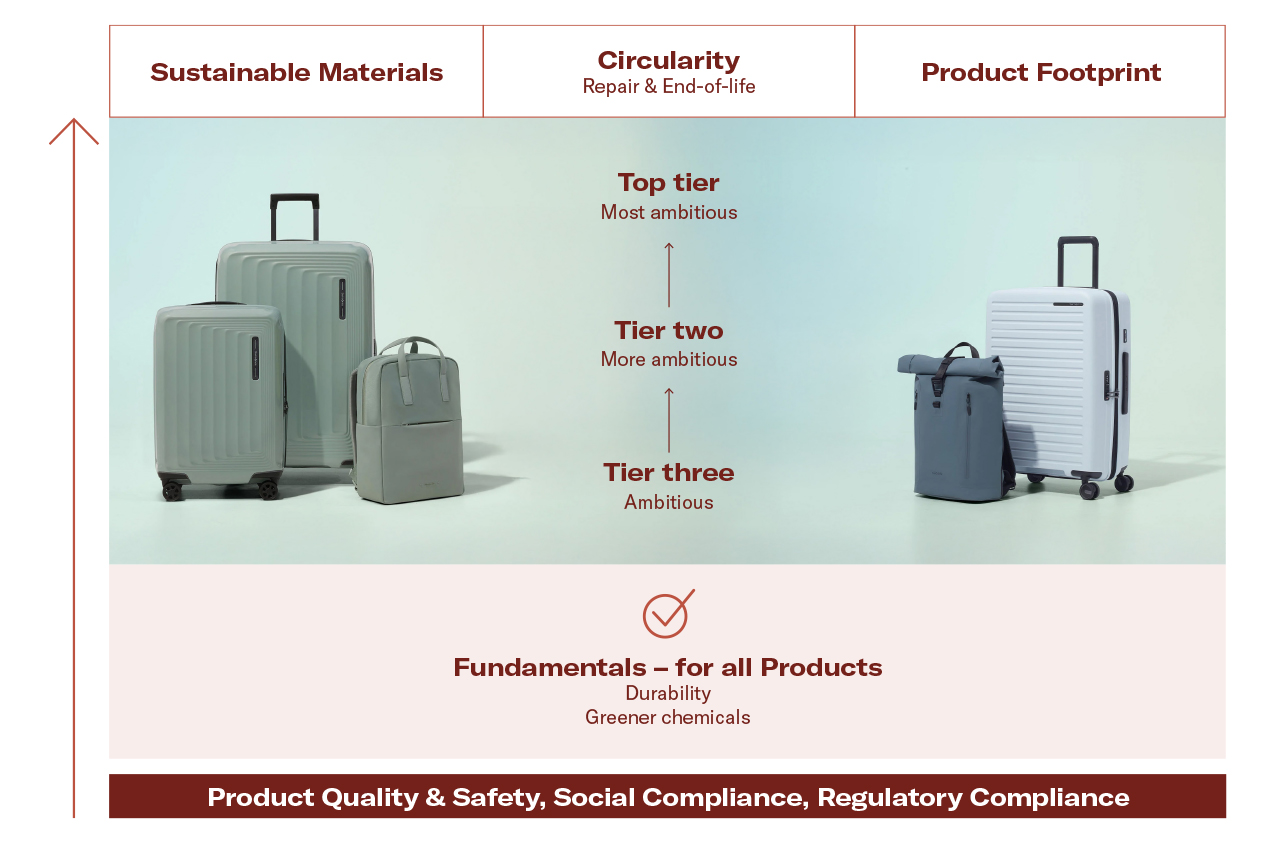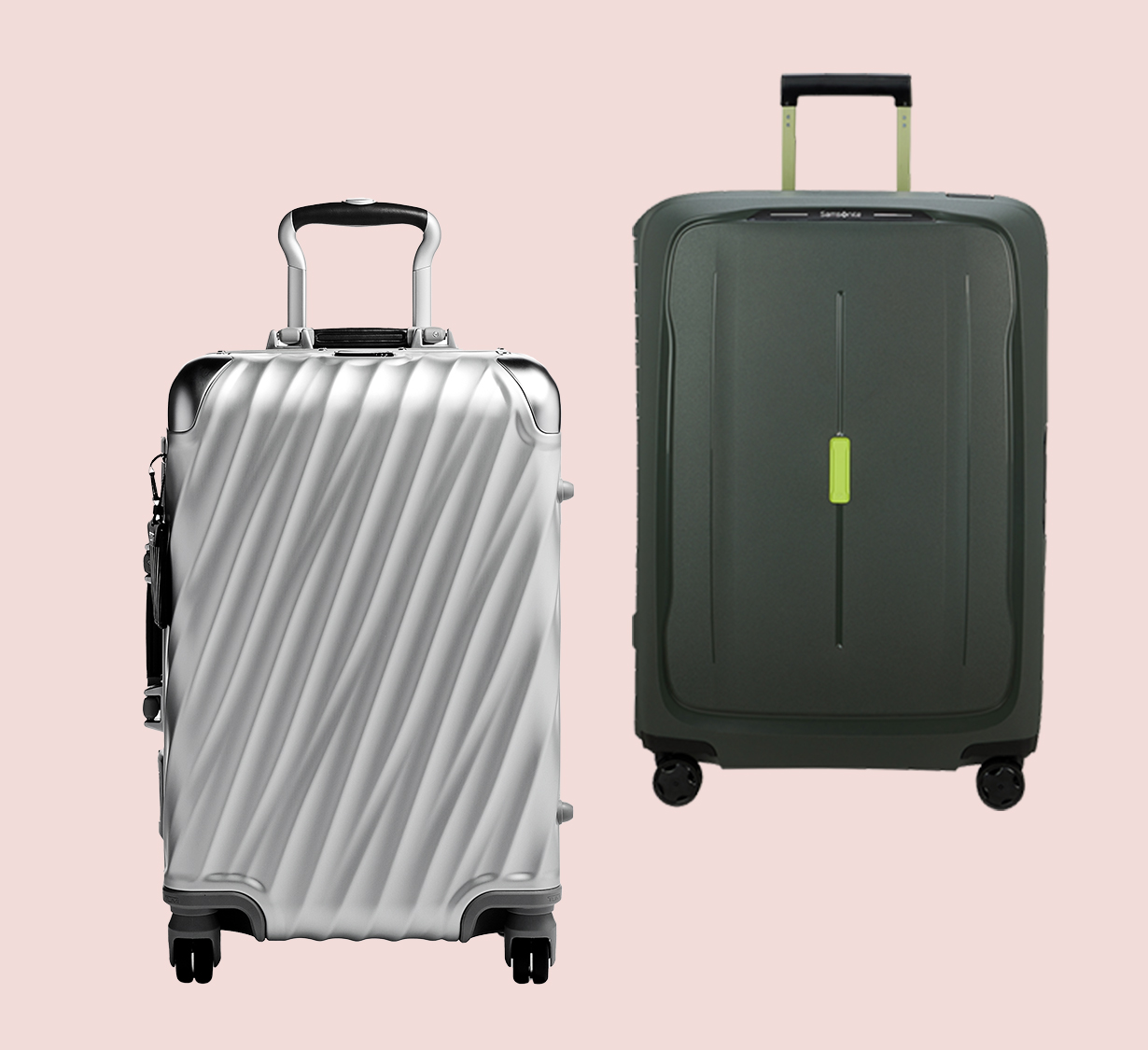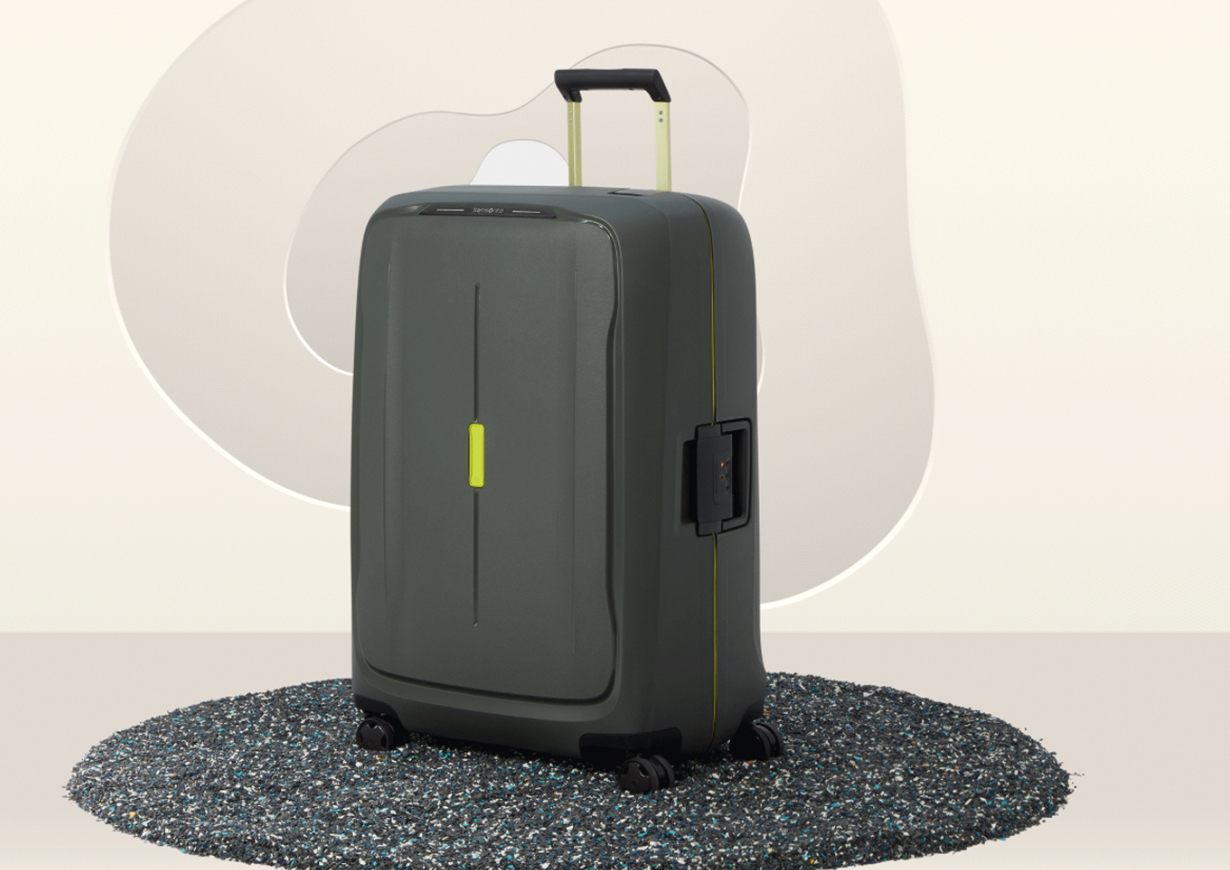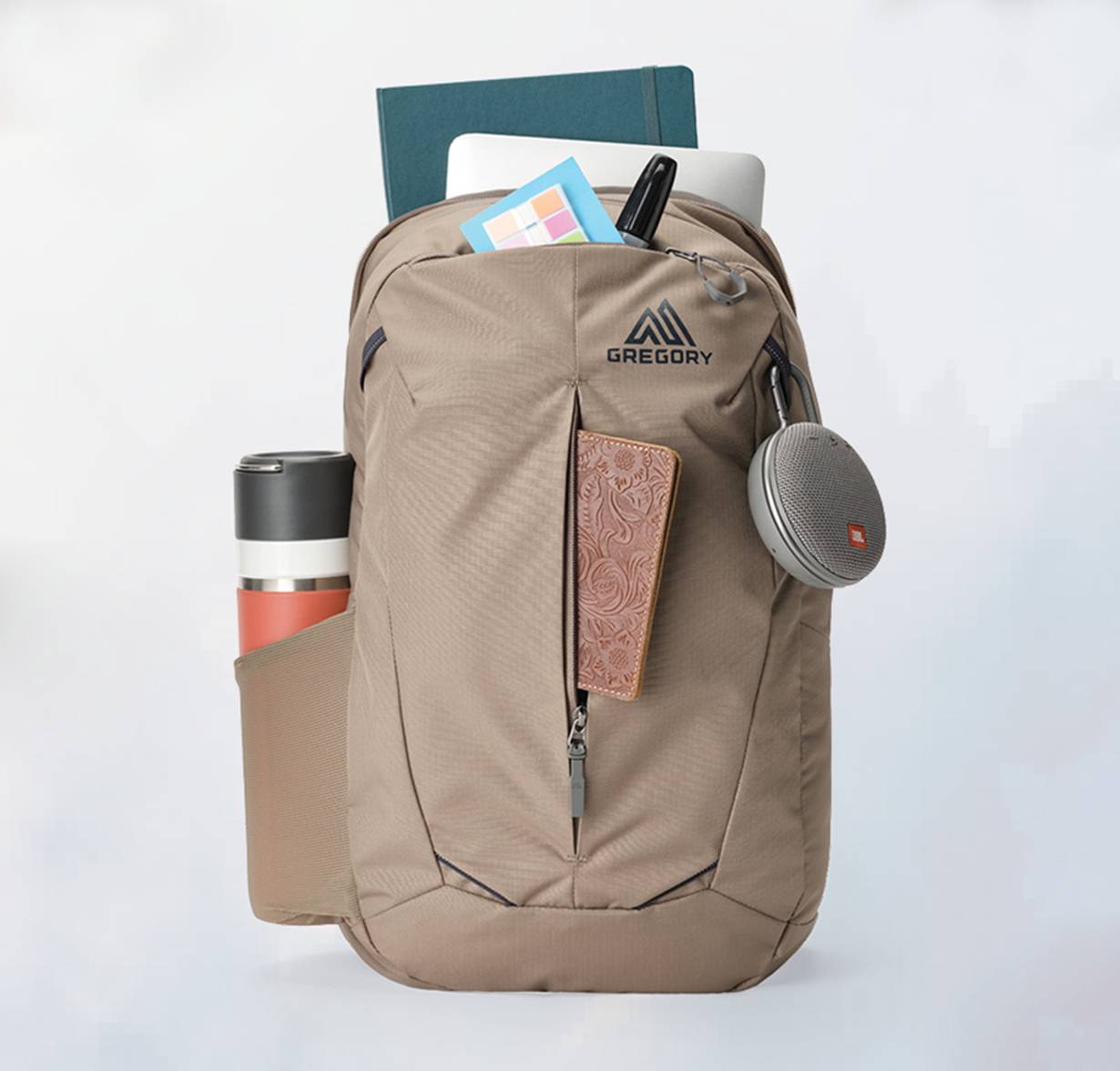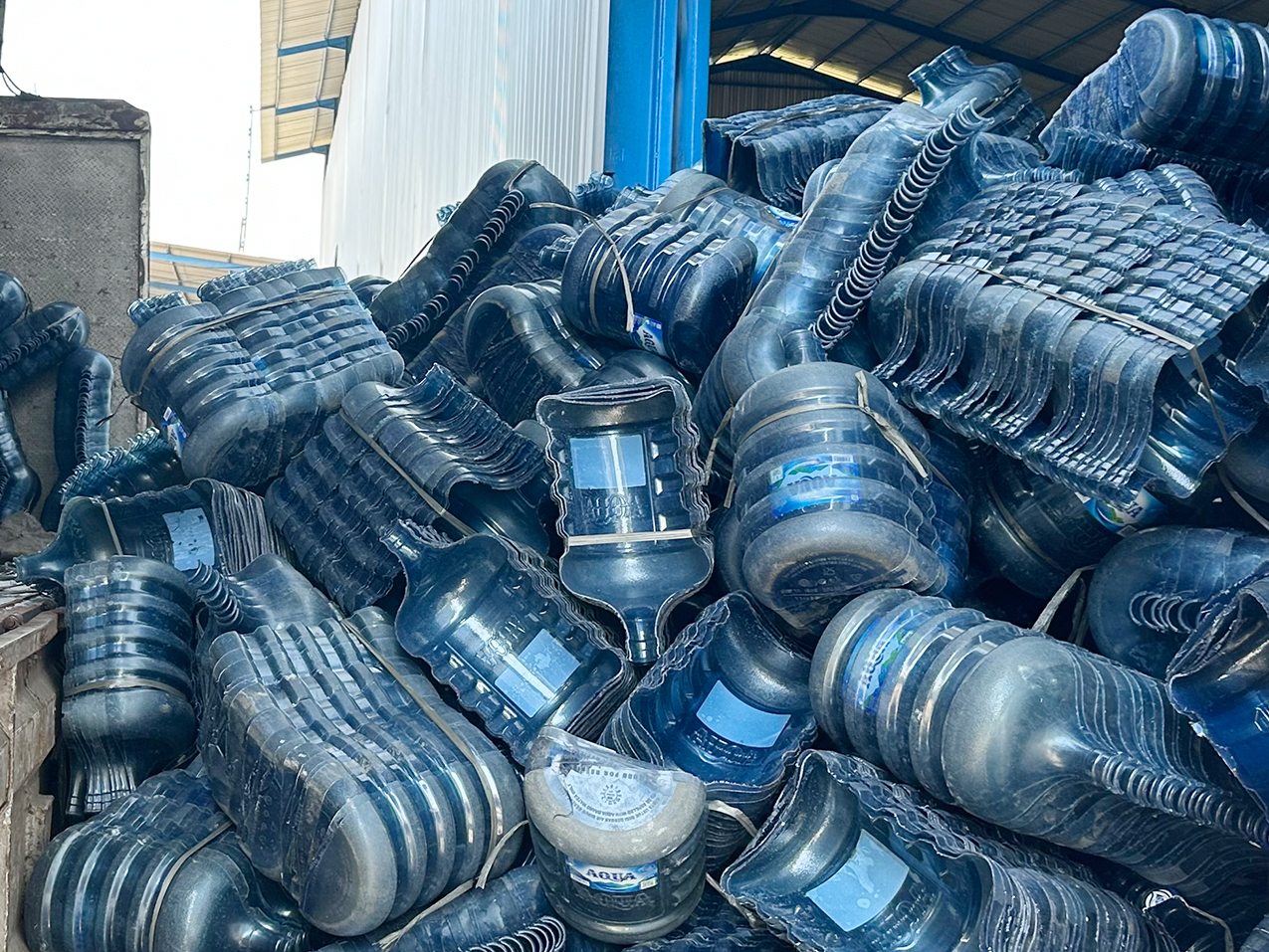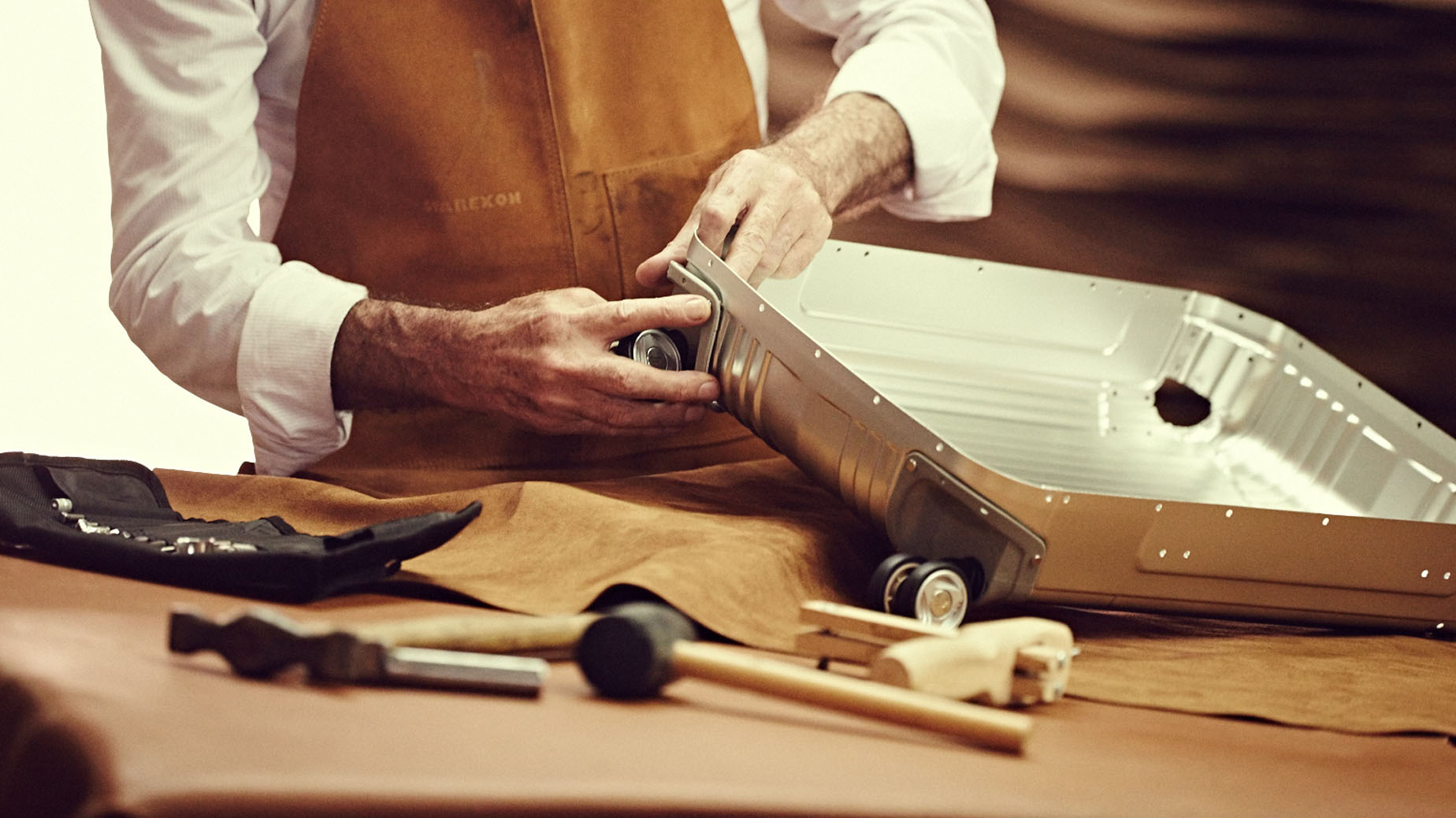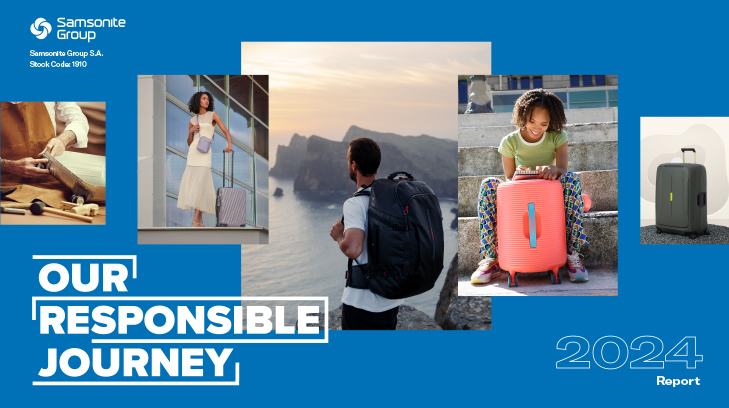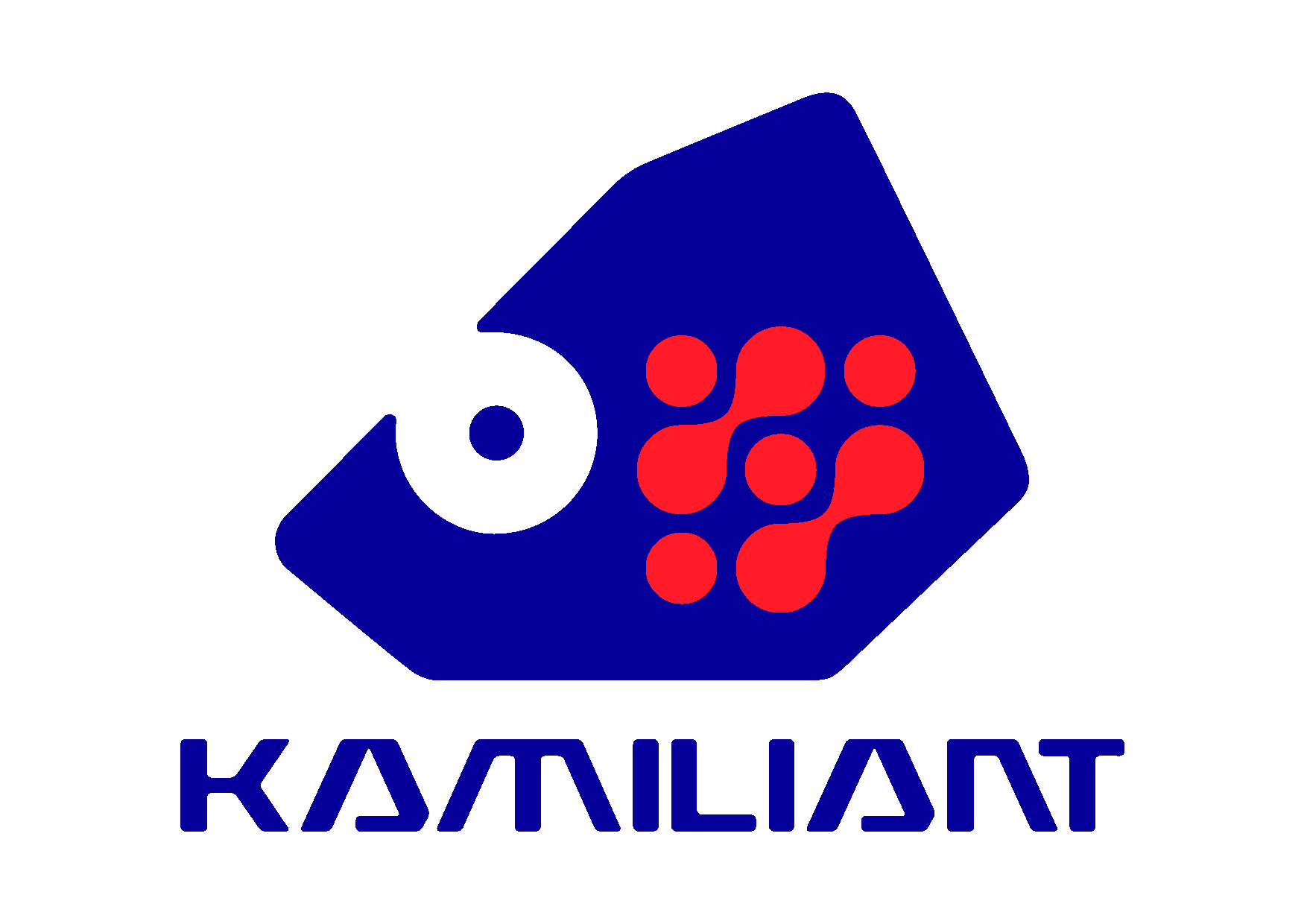Our Sustainability Team has been working with brands and regions to embed the framework into systems and processes, adding granularity to existing goals, providing clear metrics and numerical targets to drive progress. Essential enablers to help us achieve our goals will be partnership with our suppliers and consumer engagement – for example to support circular technologies and systems change, recycled and sustainable materials availability, and behavior change.”
Pauline Koslowski
VP Research, Innovation & Development


